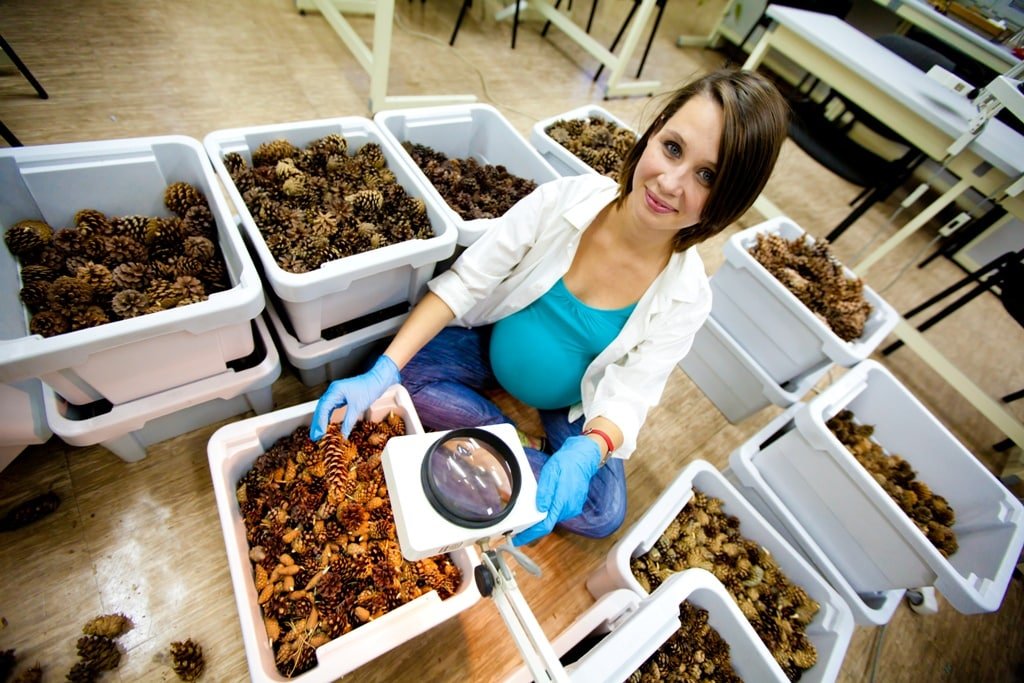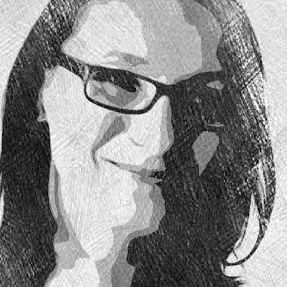
How can we increase the number of women in science? Don’t just create programs for women. These conclusions have been drawn from the experiences of the Foundation for Polish Science (FNP).
The FNP is one of the most important and prestigious organizations who finance scientific research in Poland. Its motto is “support the best so that they can become even better”.
When a researcher in Poland becomes an FNP laureate, they may hear the words “wow!” from their admiring colleagues. The FNP runs programs for researchers during various stages of their careers and has been supporting women scientists for nearly ten years. Justyna Motrenko, who was responsible for providing support for pregnant women scientists in previous years and is now the head of the panel for awards and scholarships, tells us how the approach to women’s issues has been evolving.

Why does the Foundation for Polish Science support women scientists?
Justyna Motrenko, FNP: Because women are dropping out of science. In Poland we have a comparable number of doctoral students – both women and men. Typically, however, men continue on with their scientific careers after they have defended their doctorate. Whereas women more often tend to abandon theirs. Or their professional development slows down in contrast to their male peers. This happens typically at around the age of 30, i.e. when people decide to start a family and children start arriving. This affects the careers of women more than it affects men. As a foundation, we strive to make sure that science in Poland is the best that it can be. Consequently, we take steps to ensure that when people leave science, that this is not due to non-substantive reasons and that women, who are great scientists, do not have to quit their science jobs.
Since when has the foundation had these schemes for women?
We started 10 years ago, when the ‘Pomoście’( Bridge) scheme was launched. Although I would like to point out that from the very beginning these are not exclusively schemes for women.
There were two factors to the ‘Bridge scheme’. The first one consisted of programs for women – for scientists who were pregnant and whose scientific work involved hazardous conditions. Women were offered ways to hire stand-ins for dangerous technical work, and they were free to continue their analytical or conceptual work. It seemed to us that by doing so, they would not be held back in their scientific work.
The second factor was the so-called ‘return schemes’ for parents, women and men who want to rejoin the workforce and return to their scientific work after a break due to pregnancy or child raising.

Did it pan out that way? Was there any interest in such support? The “Bridge” is no longer being implemented.
Actually, interest was huge. We had over 700 return scheme applications during 8 recruitment drives conducted over 4 years. Over 100 women and 1 man benefited from these. 63 women received support during their pregnancies. As it turned out, the schemes for pregnant women did not fully translate into scientific work, because maternity and parental leave then followed.
On the other hand, as far as the return scheme was concerned, the format turned out to be too restrictive. That is why we have extended the conditions and now we are running the ‘return’ scheme for young doctors who want to get back to research work after a break which was perhaps related to parenthood or to employment outside of school.
It is more the case that our programs are evolving. We have seen that situations in the different fields of science are wide-ranging. Personal situations of scientists are diverse, and the reason for the break is not particularly important. The important thing is that the scientist wants to return to their scientific work after their break.
That said, science is very meritocratic. What matters are measurable achievements. There is a danger that the special scheme for young mothers will be considered less competitive than the other general grant programs. Therefore, we are moving towards taking into account the needs of women and young parents in our other programs. We would like this to be a universal principle. For example, in the ‘Start’ scholarship program for young scientists, we have announced an increase in the age limit up to the age of 30 for those candidates who have taken maternity or parental leave.
Schemes that allow people to return to work after maternity leave are just one aspect. The second is the creation of tools that support women’s careers in science. Including assistance for those who govern universities and who strive for equal representation of women and men in managerial positions yet who have problems finding candidates with suitable competencies.

Where should we look for them?
On Academia-net.org, for instance. This is a database only for women scientists. It distinguishes itself by the fact that it is impossible to subscribe to it by yourself. You have to be nominated by one of the grant institutions operating across Europe.
We are a partner of the portal. We nominate women, including the successful applicants of our programs, and we use the portal to look for assessors and experts, among others.
What are the Foundation’s conclusions after 10 years of supporting female scientists?
I see two important factors. Firstly, that we need help for young parents – scientists – and support for childcare. Secondly, it is important that the work climate should be favorable to those who return to scientific work. That breaks should not be considered odd, and that the scientist should be able to return and have time for a recap and a run-through. I know that it is difficult to influence something such as the work climate, but the more people talk about this, the better. People who have experience outside of science are valuable because they bring new perspectives and ideas. Perhaps then gender equality in science will finally be discernable at the next career stage in the statistics.


